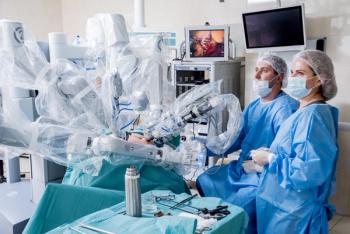
Let staff member introduce physician at first visit
In the age of "LOL" and emoticons, it can be difficult to know exactly how to address a patient in person. Find out the polite way to give your patients a pleasant experience.
A: The whole point of the doctor-patient encounter is to exchange communication. But it's possible to get off on the wrong foot with patients if you use a casual form of address. Patients should feel comfortable with the physician, and anything that helps in that effort will help bond them to the practice and instill confidence. For that reason, you may want to give patients and guests the option of how to address doctors. You can accomplish this by having an employee introduce the physician at the first visit: "Mr. Parker, I would like you to meet Dr. Daly." The doctor then gives the patient the first name option: "Hi, I'm Dan." This option is particularly useful for a physician with a surname that's difficult to pronounce. Of course, if you're trying to maintain formality with the patient as part of your approach to practicing medicine, then sticking with the surname is fair enough.
It's different for your staff. Employees of a medical practice should never call patients by anything other than their surname unless asked by the patient. Employed physicians are the same because the achievement represented by the credential deserves a formal form of address. No employee will ever be wrong, too familiar, or presumptuous by using the patient's surname. This advice refers to all patients: men and women, young and old. "Sir" or "ma'am" can go a long way with senior citizens. With children, calling a 9-year-old boy "Mr. Glass" or "sir" will get his attention and help inspire him to act like a grown-up with fewer behavior problems. After all, where else do kids get treated with such respect? The novelty alone will stun them.
Answers to our readers' questions were provided by Judy Bee, Practice Performance Group, La Jolla, California. She is also an editorial consultant to Medical Economics Send your practice management questions to
Newsletter
Stay informed and empowered with Medical Economics enewsletter, delivering expert insights, financial strategies, practice management tips and technology trends — tailored for today’s physicians.
















